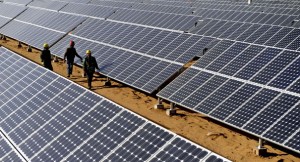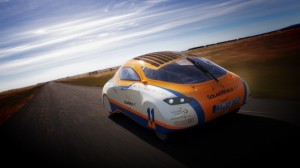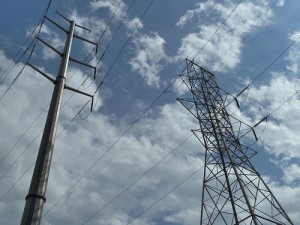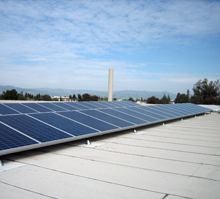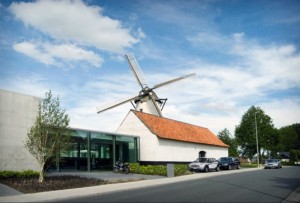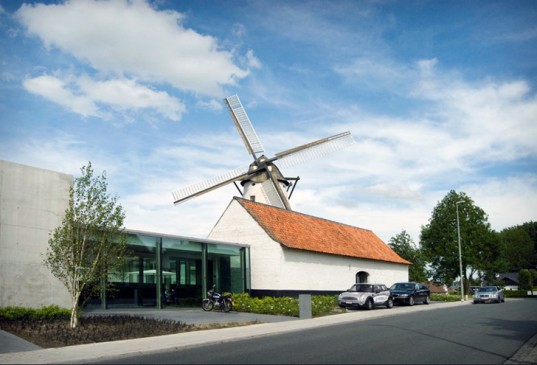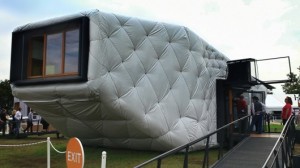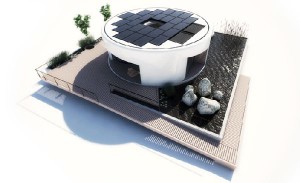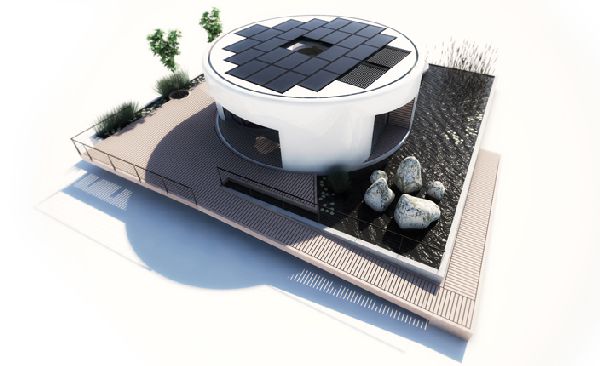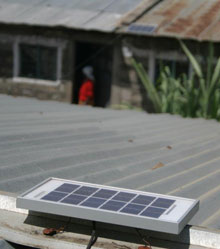Maricopa County, Arizona is set to play host to a 125 MW photovoltaic solar power plant, according to an announcement on Tuesday from Fluor Corporation. The company has won the separate contracts to build and maintain the facility, which upon completion will fleetingly join the ranks of the the world’s largest photovoltaic solar farms. The project, known as Arlington Valley Solar Energy II (AVSE II) will be built on 1.8 square miles (4.7 sq. km) near to the Arlington Valley Combined Cycle Facility, a 577 MW natural gas plant also designed and built by Fluor.

 Follow
Follow